If you’ve ever heard the expression “big things come in small packages,” you already know a little something about snackable content. This content category might be composed of small, easy-to-consume chunks of information—think a tweet, or a Facebook video, or an Instagram meme—but it is nonetheless a mighty force for the good of your brand.
Previously on the Visually blog, we’ve shown you how snackable content not only delivers information that’s easy to consume but also makes the best use of existing content. By breaking an infographic, for example, into a series of memorable quotes and videos, you gain:
- A longer shelf life for content on social media.
- The ability to easily tweak content for appropriate platforms.
- The potential to drive new engagement and brand awareness.
In this post, we’ll take a step back to show you the five reasons snackable content is so successful—and why your content marketing strategy needs it now more than ever.
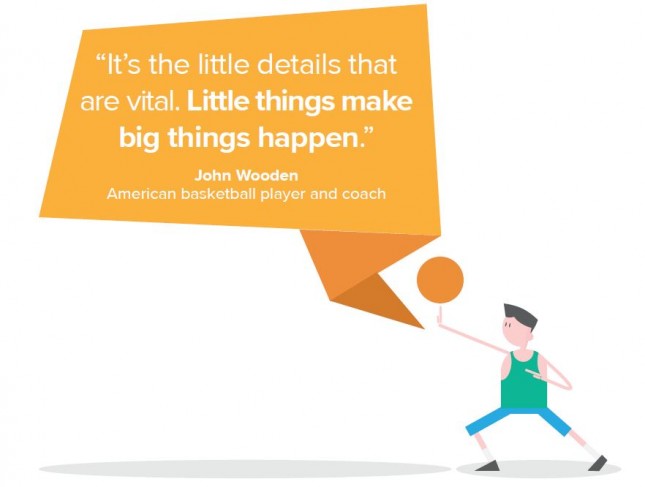
1. It’s built around bite-size blocks.
Rome wasn’t built in a day, but you can easily build a whole bunch of snackable content.

That’s the beauty of snackable content. Each piece is self-contained. This short-form content is optimized for social media and designed to combat information overload.
Moreover, these content building blocks are valuable because they include information your audience actually cares about, are branded with calls to action, transfer across multiple social channels, and are published on a regular basis–meaning your audience comes to expect them and actively consumes them.
You can think of snackable content as “storytelling with rules” because there is a limit on the number of words in a post, seconds in a video and so on. Geofiltering even helps you target snackable content to snack-sized demographics based on location, as McDonald’s did this summer when it deployed geofilters available to Snapchat users exclusively at its stores.
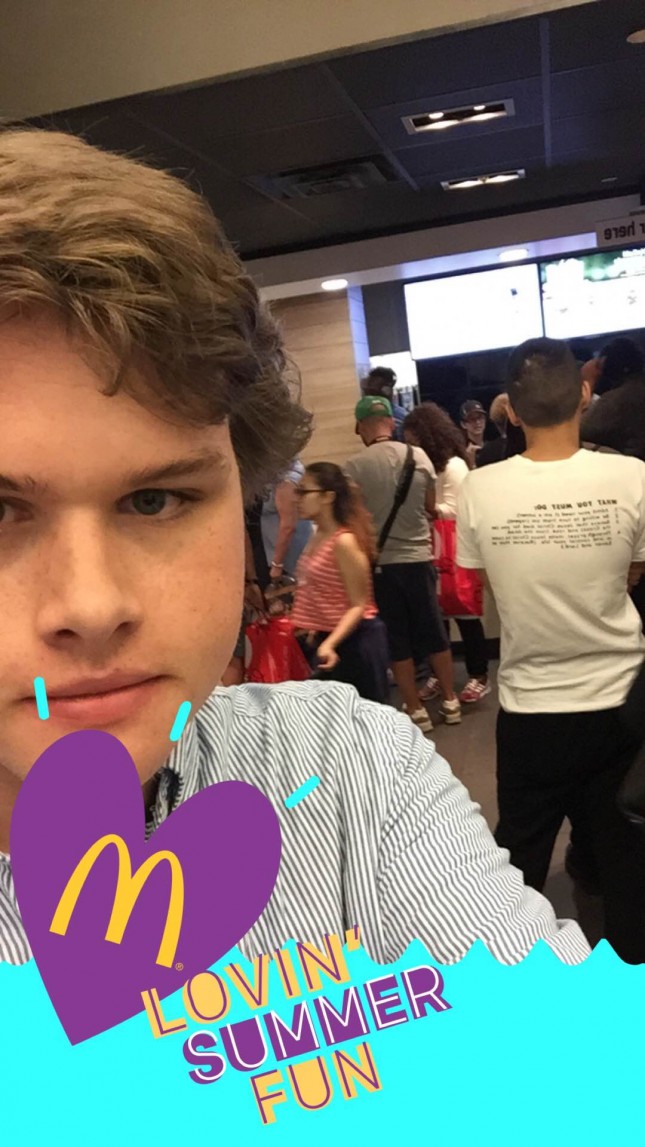
Would you like to learn more about creating awesome snackable content? Download our ebook, The Visual Content Playbook for Social Media Marketing for tips from top brands using snackable content most effectively and actionable strategies you can use right now from the Visually creative team.
2. It’s doable with strategic planning.
These one-of-a-kind brand experiences, while powerful, are also resource intensive. As heavy-hitters, they’re important for reinforcing top-of-funnel awareness and brand engagement, but they’re also challenging to replicate on a consistent basis.
You need a scalable way to stand out every day. That’s why strategy is essential. Snackable content should be a regular part of your editorial calendar.
For example, consider creating a platform-specific snackable content strategy for the webinars your brand provides. Again, by starting small, you can take a specific long-form content offering and break it into multiple meme-style chunks that can be published over a period of weeks yet continually draw eyes to a single great piece of content on your website. If you were leading a webinar about webinar promotion, you could deploy this little nugget of gold—which, in addition to being informative, would also be totally meta:

3. It stands on its own two legs.
At the risk of sounding like a broken record, snackable content is valuable because it makes sense on whatever platform it appears. It doesn’t need a backstory to be informative. As Gary Vaynerchuk says: “The singular thing that matters is the context of the room you’re telling a story in.”
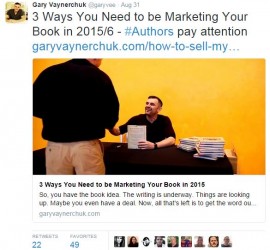
Quality snackable content is subtly adapted for appropriate platforms in a way that minimizes time investment and maximizes the experience of consuming content. For example on Twitter, Vaynerchuk advises crafting content around topics and hashtags that are trending. “It’s low-hanging fruit that literally nobody is doing,” he tells Jay Baer.
4. It’s highly shareable.
Of course, don’t just make snackable content to capitalize on fleeting whims of the social-verse. Rather, create snackable content in real time because it is entertaining, educational and builds awareness. It should be highly shareable, not self-congratulatory, hard-selling, solicitous or pitchy.
Once you’ve got your content nailed down, make sure it’s easily shareable via social media from your owned channels. For example, you might add a Pinterest-pinnable image or infographic to your brand’s blog.
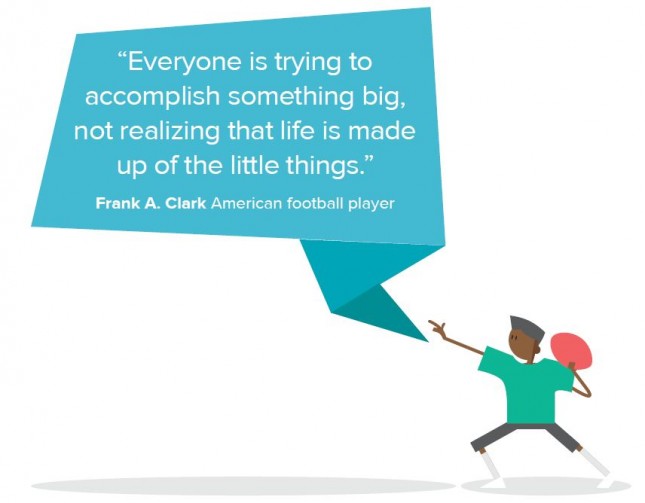
5. It’s capable of so much more than small potatoes.
Snackable content should tell two simultaneous stories. The first is what’s contained to the visual: an inspirational message, metric or compelling trend. The second is what your audiences might not see consciously—a tie into your underlying brand promise.
At that point, you’re no longer dealing with small potatoes: You’re dealing with a massive pile of potatoes that people really, really want to look at. (Or, as happened this summer across the pond, forced to look at because they were spilled all over the road.)
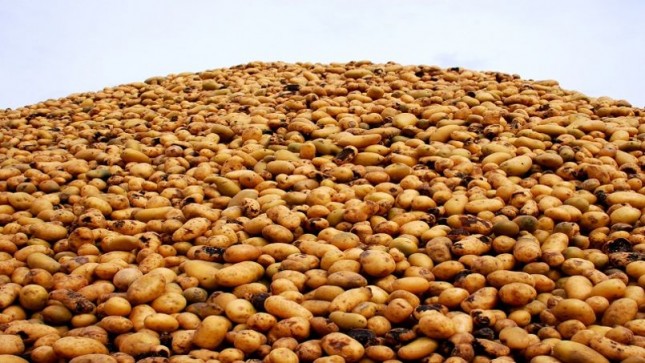
If you’re ready to get started with your own snackable content strategy, download our new free guide by clicking here. You’ll find primers on how to use snackable content, see visuals from some of the most successful brands using snackable content today and discover step-by-step strategies to distribute your content to your audience.
Nate Birt is a multimedia journalist, social media enthusiast and copy editor with experience at a variety of print and digital publications, and a Contributing Editor to the Visually Blog. Follow him on Twitter at @natebirt.
The post The Five-Point Value Proposition of Snackable Content appeared first on Visually Blog.
from Visually Blog
http://blog.visual.ly/five-point-value-proposition-snackable-content/
No comments:
Post a Comment